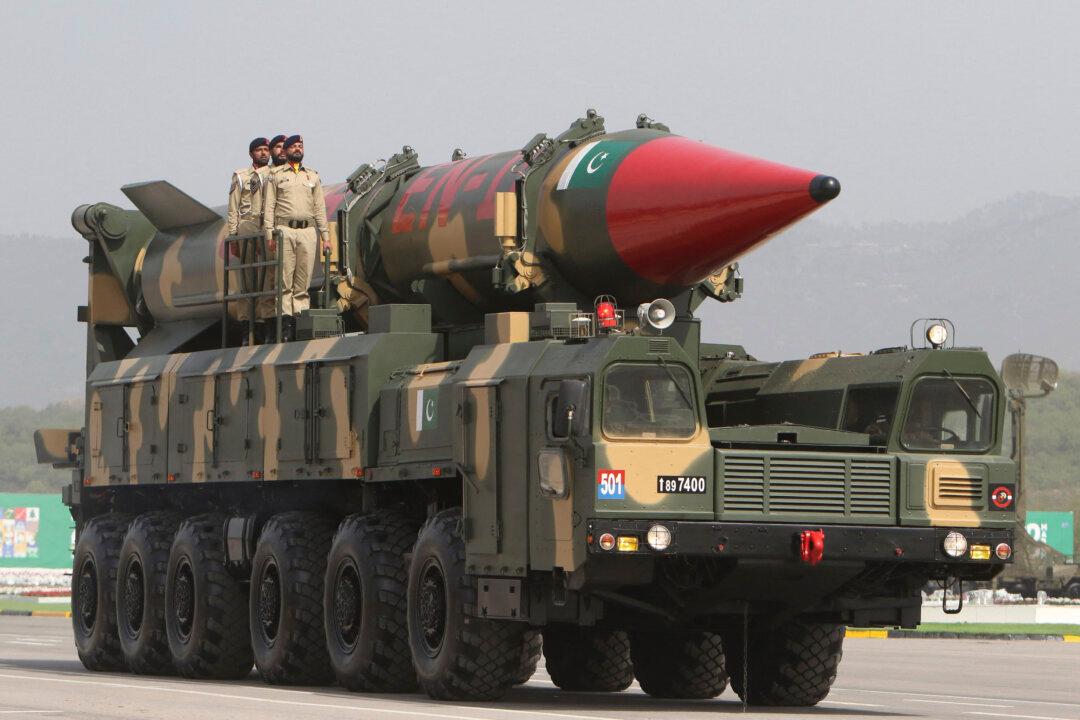Commentary
With Argentina’s March 26 signing of a letter of intent to purchase 24 Lockheed-Martin F-16 fourth-generation fighters from Denmark and its invitation for the U.S. Navy to access its strategic port in Ushuaia, the United States has an opportunity to begin to halt the Chinese Communist Party’s (CCP’s) designs to isolate the United States in its own hemisphere.





